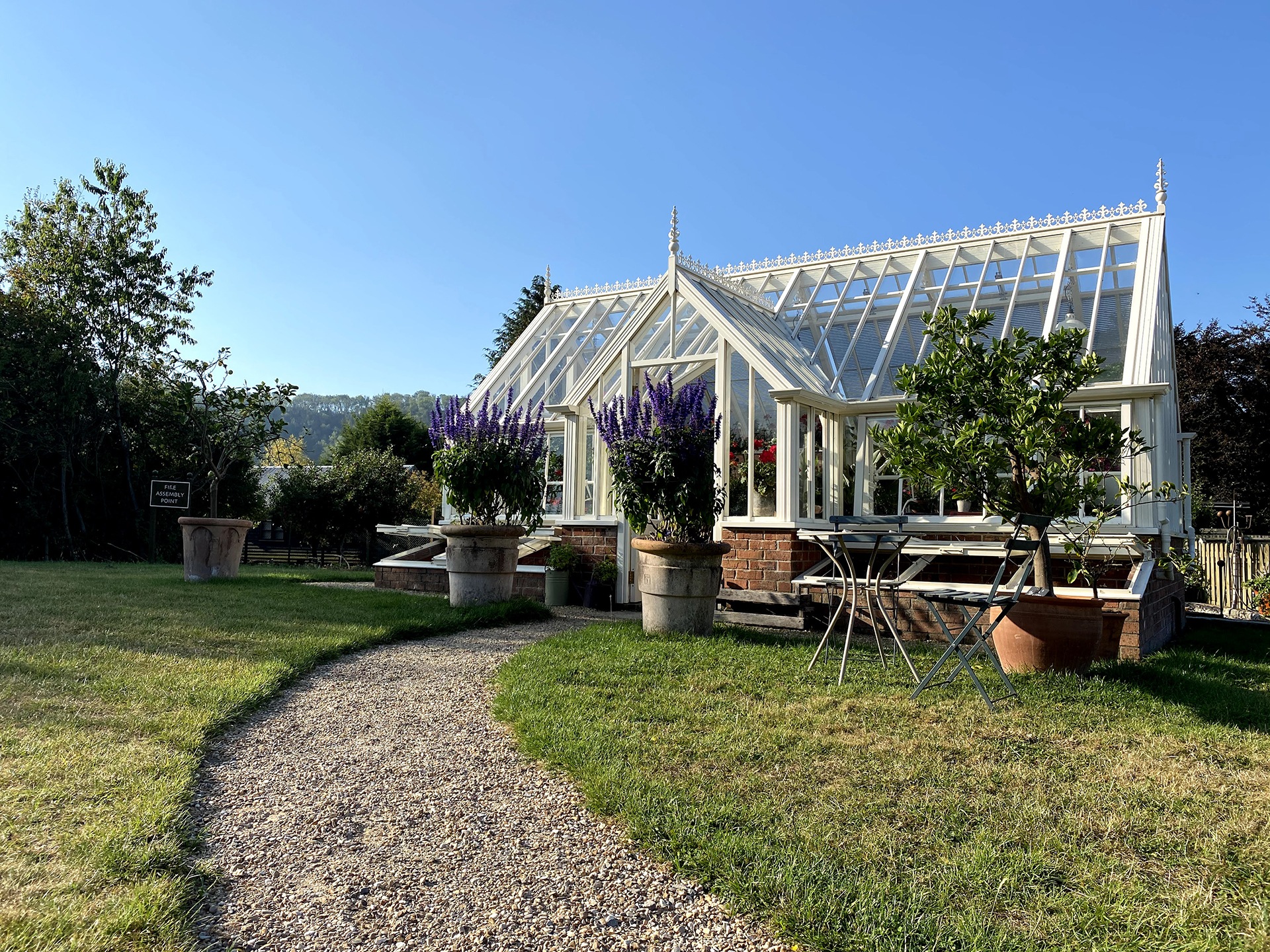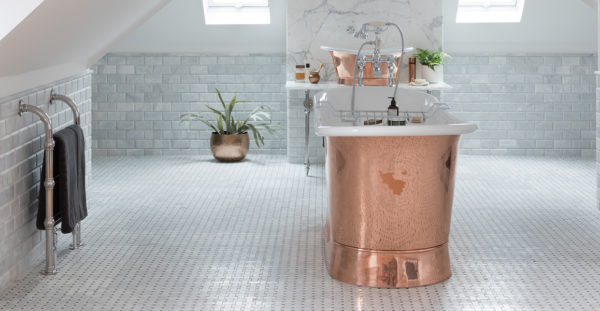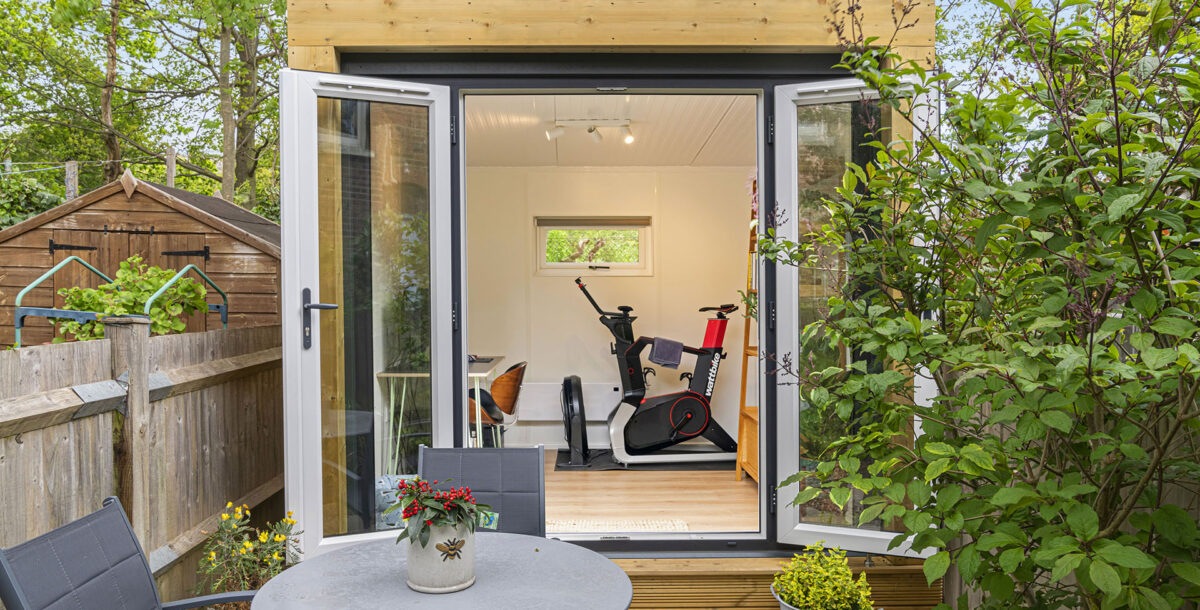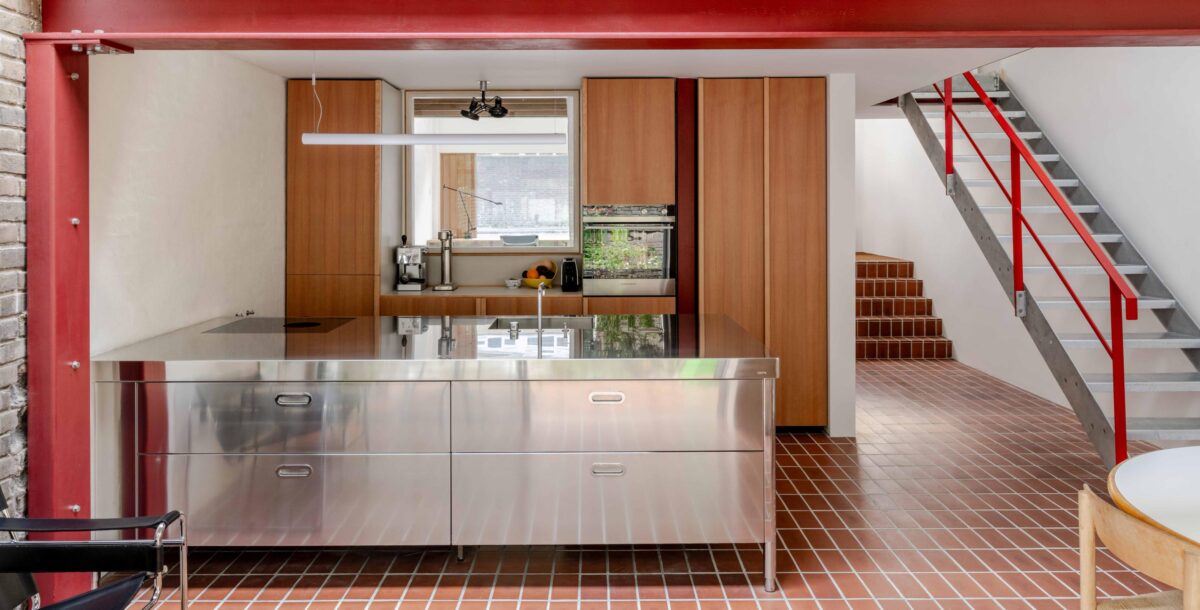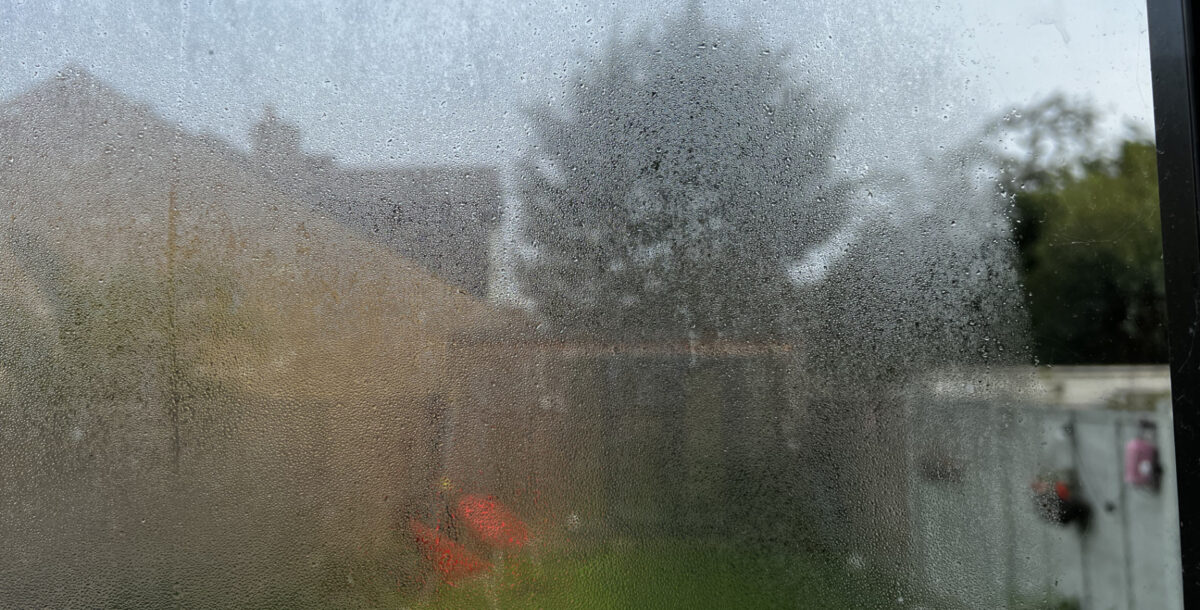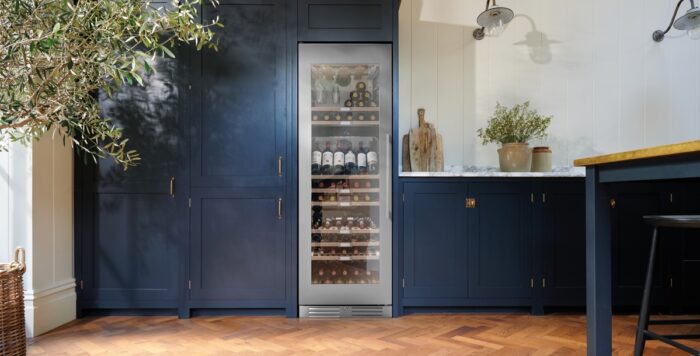Greenhouse guide – find the best glasshouse for your garden
For a keen gardener, a greenhouse is one of the best investments you can make to improve the range, quantity and quality of plants you can grow. Here’s how to pick the right one.
A greenhouse lets you create your very own microclimate in your garden and protect delicate plants during the winter, increasing the variety of plants you can grow, as well as extending the growing season.
Some options are even heated, which further increases growing options. While bog-standard greenhouses are easy to come by, it’s important to make a more informed choice if you want one for a specific purpose or want a more attractive option. Here, we look at all of the options.
What materials should I choose?
The frame of a greenhouse is usually made from aluminium or wood, glazed with glass or clear polycarbonate.
Both glazing materials have their pros and cons…
Glass
On the plus side, glass looks good, allows the maximum amount of light through, won’t discolour over time, is long-lasting providing it doesn’t break, is easy to replace and it can be recycled.
However, it’s more important you get the set-up of a glass greenhouse right so that the panes of glass don’t crack over time because they are under stress. And, glass needs cleaning regularly.
If you go for glass, you should choose toughened glass, especially for the most vulnerable parts of the structure such as the door.
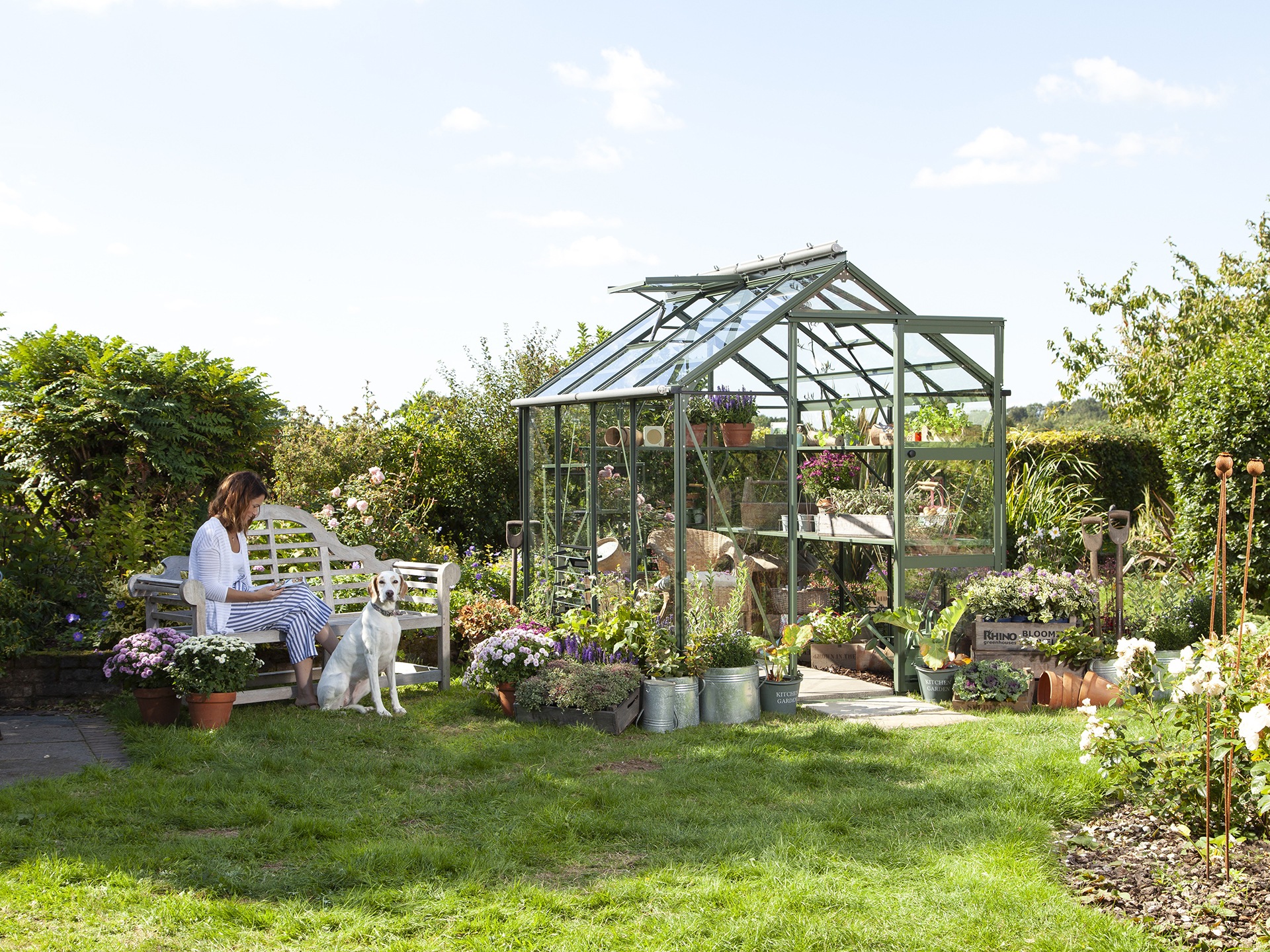
- Image credit: Rhino Greenhouses Direct
Polycarbonate
Polycarbonate is lightweight and durable, and is a cheaper option than glass. However, the material can mist and fogs over time, and it diffuses sunlight, which isn’t great for plants that need lots of light, such as seedlings and cuttings.
Polycarbonate is technically recyclable but the process isn’t widely used yet due to problems associated with the BPA found in polycarbonate. Make sure that it’s installed correctly, otherwise twin-walled polycarbonate panels can accumulate dirt and even algae between the two sheets.
Acrylic is also used for some greenhouses. This lets through a similar amount of sunlight as polycarbonate but is more brittle.
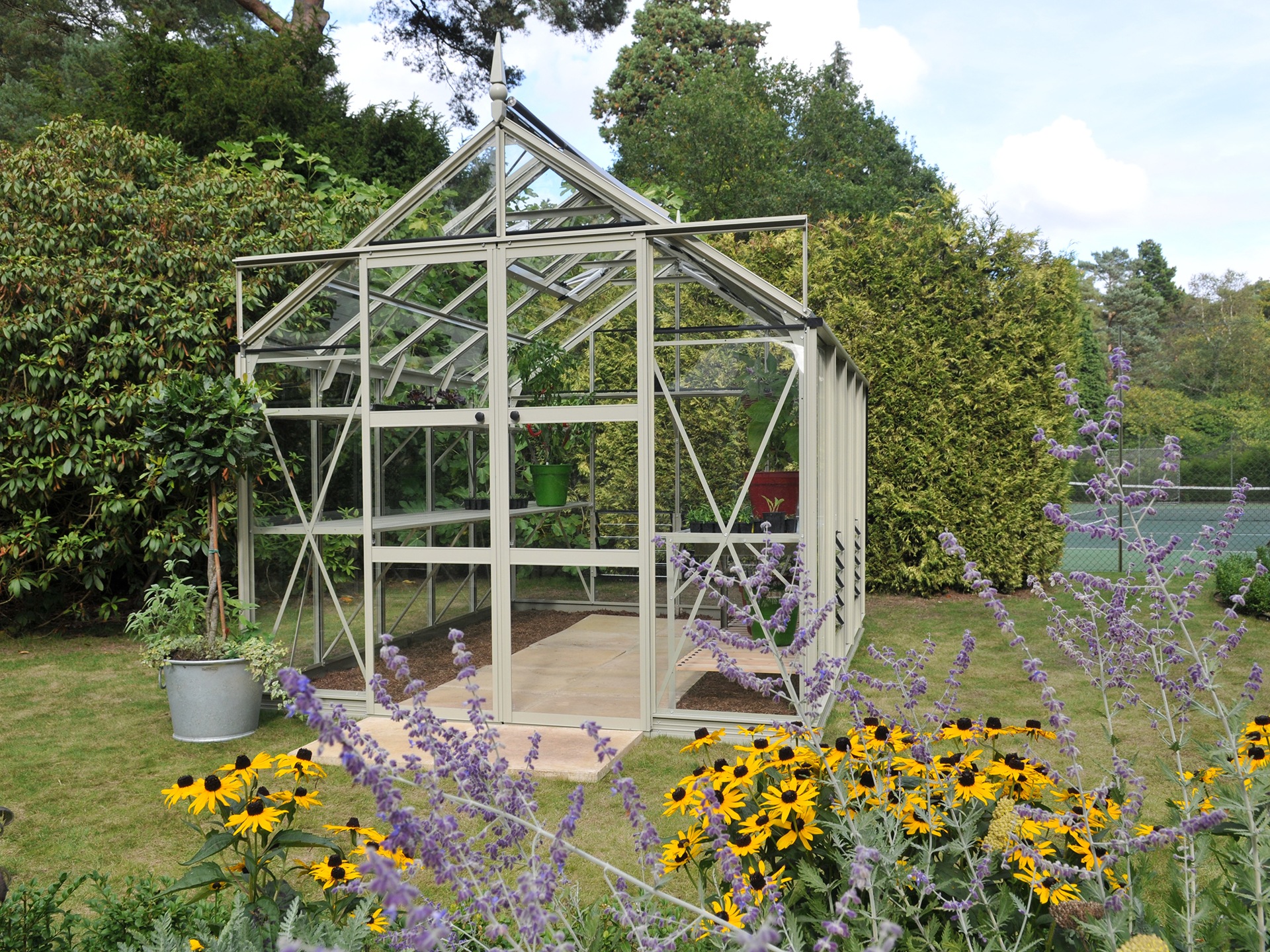
- Image credit: Harrod Horticultural
Wood vs aluminium
As for the frame: wood needs more maintenance than aluminium. It will need regular painting to keep rot at bay and painting a greenhouse is a fiddly, time-consuming job. Softwood is cheaper and less durable than cedar wood.
As for aluminium, Nelly Hall from premium bespoke glasshouse manufacturer Alitex, says, “Aluminium glasshouses are beautiful, sustainable and structurally sound – and they come without the upkeep that wood requires.
The metal is strong, durable and lightweight, making installation efficient, and it requires minimal maintenance so you can enjoy more time inside the greenhouse rather than working on it.”
Powder-coated aluminium is durable and available in a range of colours. The bars on aluminium frames can be narrower than on a timber greenhouse too.
Design
Basic greenhouses have a simple utilitarian design. High-end luxury glasshouses are more decorative with elaborate Victorian-style decorated ridges and finials.
Non-standard shapes such as geodesic domes and hexagonal greenhouses are available too, though these probably represent more aesthetic than practical choices.
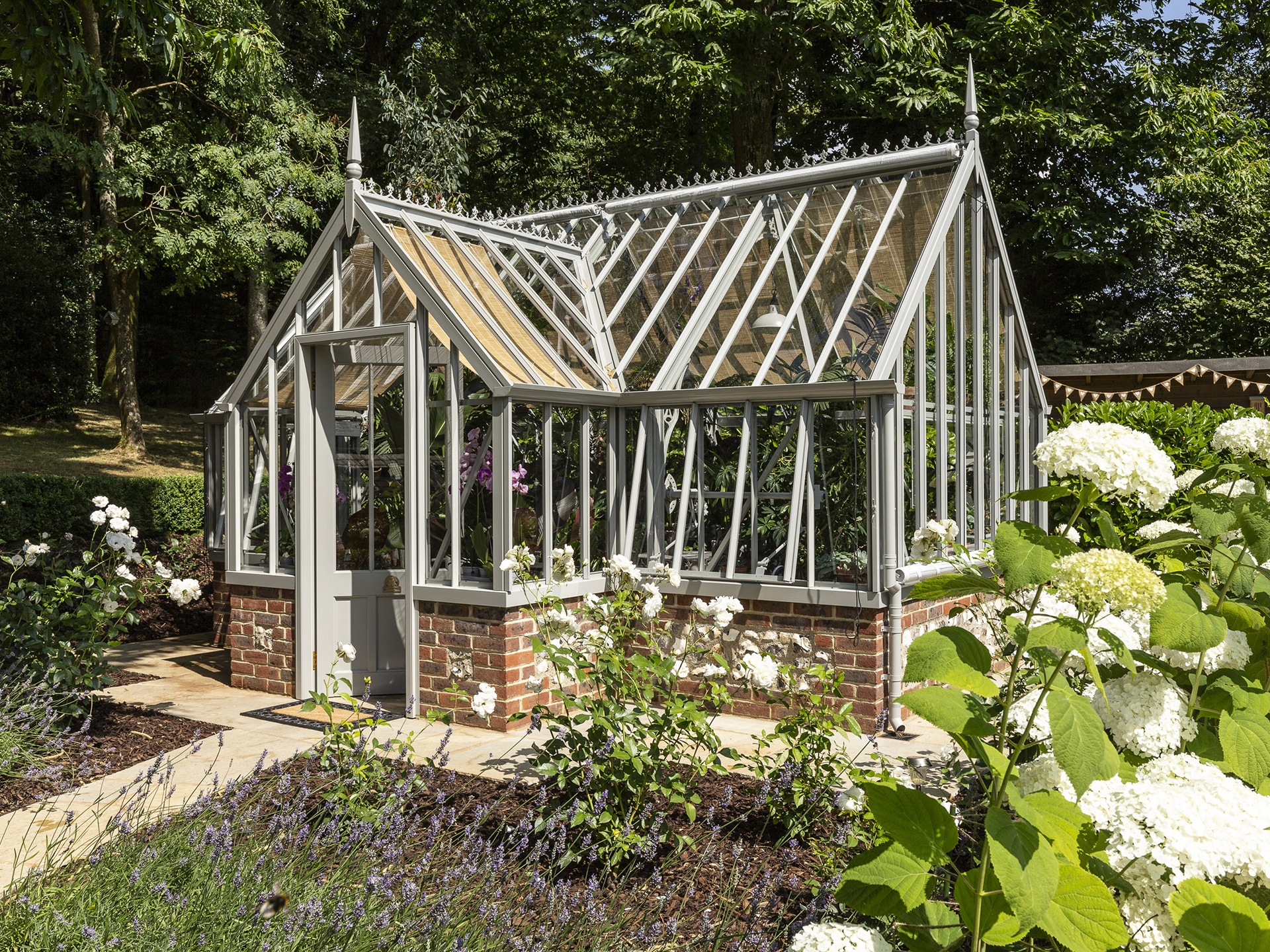
- Image credit: Alitex
As well as freestanding models, you can get lean-to greenhouses. Whatever style you choose, ideally, you want to buy the tallest you can afford: a minimum of say about 1.5m at the eaves and 2m at the ridge.
Where is the best place for a greenhouse?
When it comes to choosing the site for your greenhouse, Andrew White, from Rhino Greenhouses Direct, says, “First and foremost, be sure to place your greenhouse in an area that gets plenty of sunlight, preferably for most of the day.
Ensuring natural daylight hits your greenhouse all day is vital, as this will enable the plants housed within to experience optimal growing conditions. Also, be sure to take the time to find an area that isn’t prone to surface water, and is flat.
Andrew continues, “Avoid placing your greenhouse near tall trees. Trees will severely hamper the amount of sunlight that reaches your greenhouse, which is a big problem when you’re relying on sunlight being in your greenhouse for the majority of the day.
Not to mention that there’s always a chance that branches could break off the tree and smash glass panes too.”
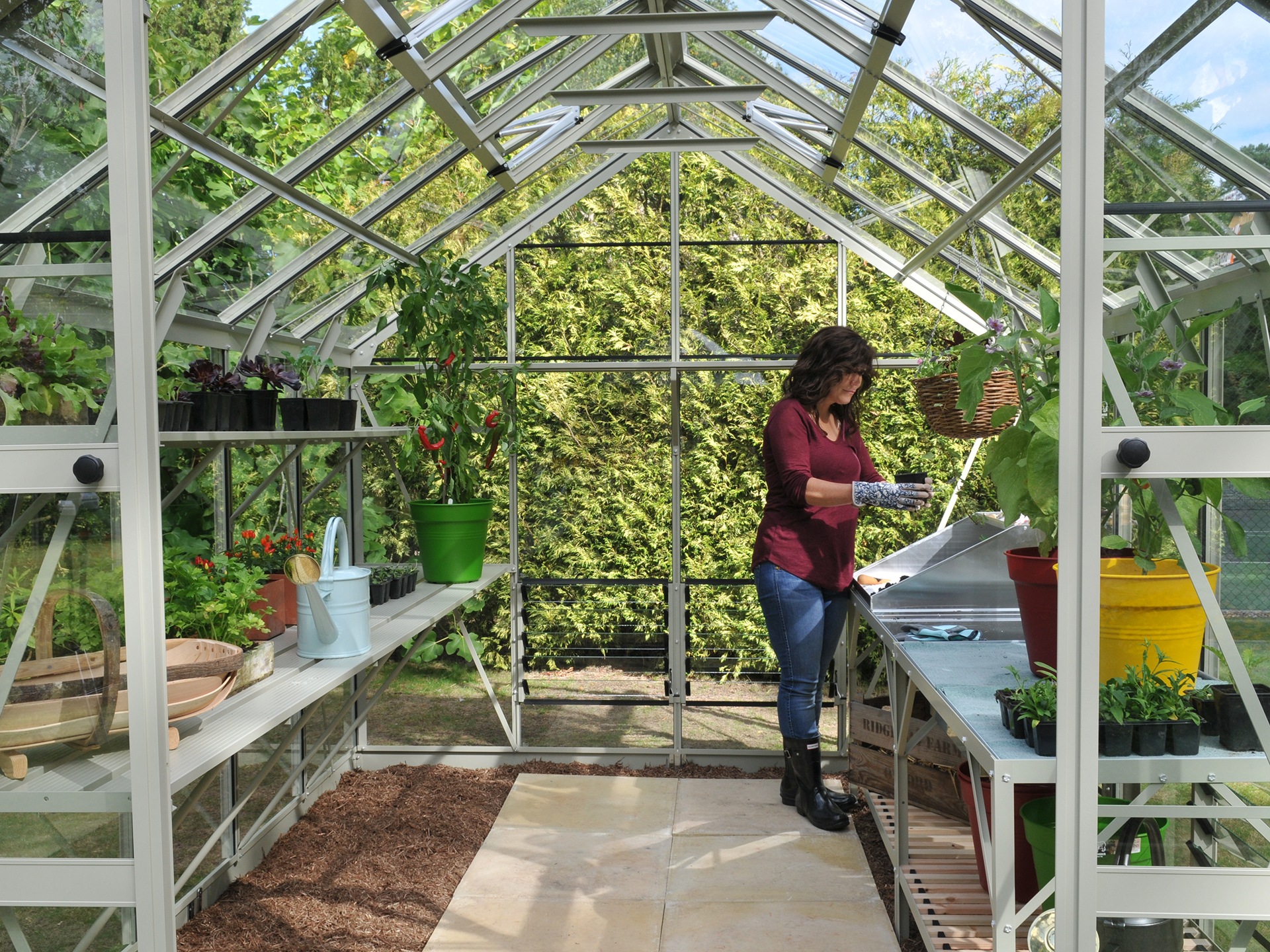
- Image credit: Harrod Horticultural
What kind of base do I need?
Some greenhouses have an integral metal base. Andrew explains, “This is by far the easiest option. The greenhouse can be set straight down onto a level, solid surface and secured into place. No mess, no fuss, job done.
The other benefit of an integral base is that it adds structural integrity to the entirety of the greenhouse. Integral bases are less common, but when found can often be relied on as an indicator of quality and strength.
“The majority of metal greenhouses do not have an integral base, though. So, a separate base is purchased that fits the exact specifications of the greenhouse.
This is generally assembled separately and anchored in place before the greenhouse itself can be mounted.” Just check what you are getting before you buy. Andrew adds, “This is still an easier option compared to a brick base, as all the measurements have been taken care of.”
Some people like to sit their greenhouse on a solid pad made of brick or cement. Others rest theirs directly on the soil. Some choose to lay a solid path down the centre and leave the earth on each side exposed so they can sow plants directly into the ground.
If you do this, the experts from Harrod Horticultural suggest, “Every year, remove a couple of inches of soil from the greenhouse growing spaces, dig it over and top it up with some fresh compost.”
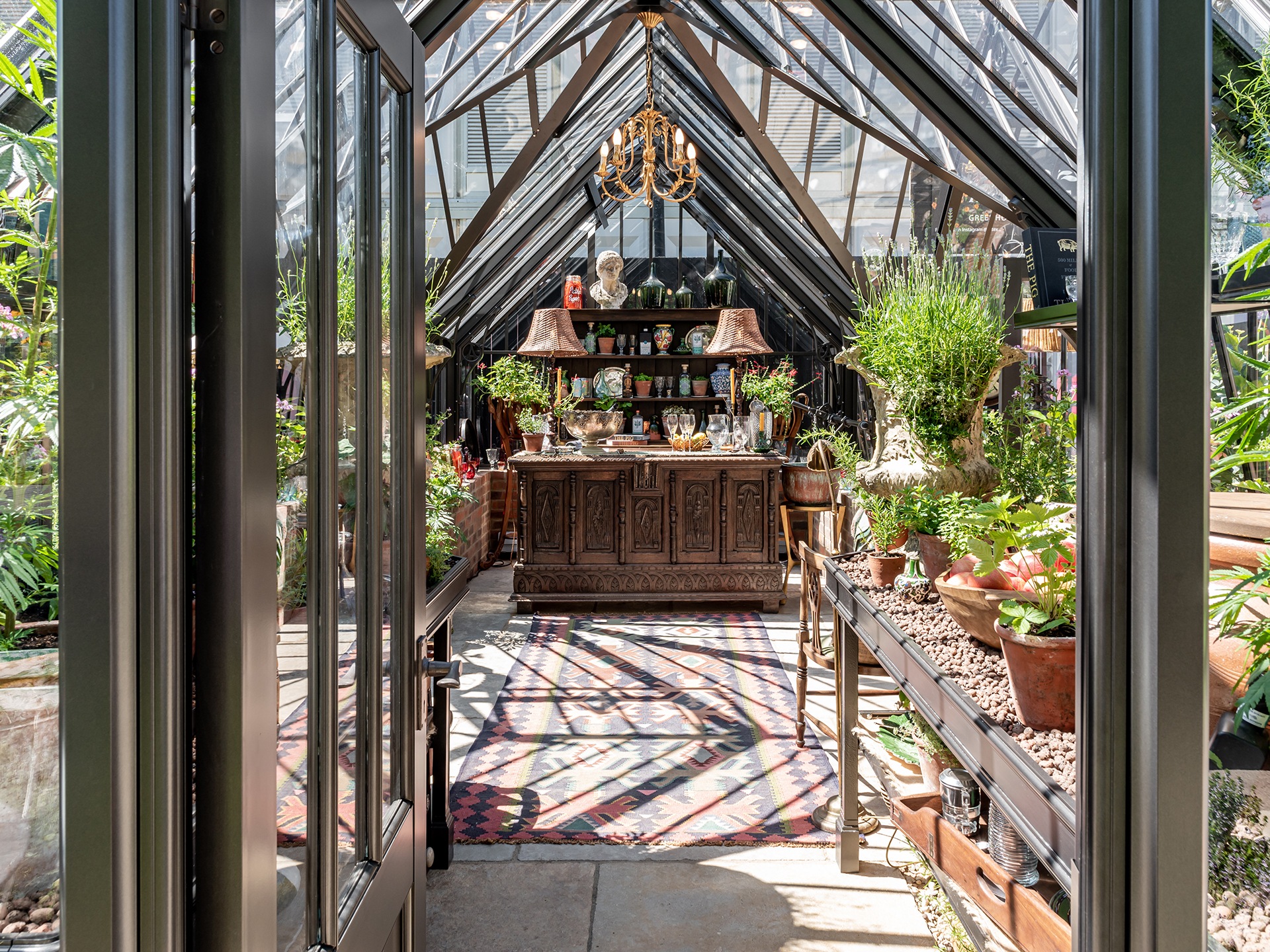
- Image credit: Alitex
Another option is a greenhouse with dwarf walls – half walls made of brick. This will retain heat better than a fully glazed glasshouse, but building it is a more skilled job. And you will need to choose a model with a ‘drop door’.
Whatever groundwork you choose, make sure the base is absolutely level. The folks from Harrod Horticultural say, “You can site a greenhouse on soil, so long as it is level and fully compacted down not freshly dug.
This is typically more cost-effective than creating a hardstanding area, but the greenhouse itself must be sturdy, strong and with a framework that is designed for soil. Typically, you concrete them in place for extra strength using ground anchors and brackets.
“Siting greenhouses on hardstanding, like paving slabs, concreted areas, or brick perimeter plinths, relies on the area being smooth and level so the greenhouse can be securely bolted down.
Hardstanding will need to be slightly larger than the greenhouse footprint, whereas a brick plinth needs to be built exactly to match it.”
This is the time to get the professionals in to lay on water and electricity to your greenhouse too. Both are well worth doing if you want to get the most out of the new addition to your garden.
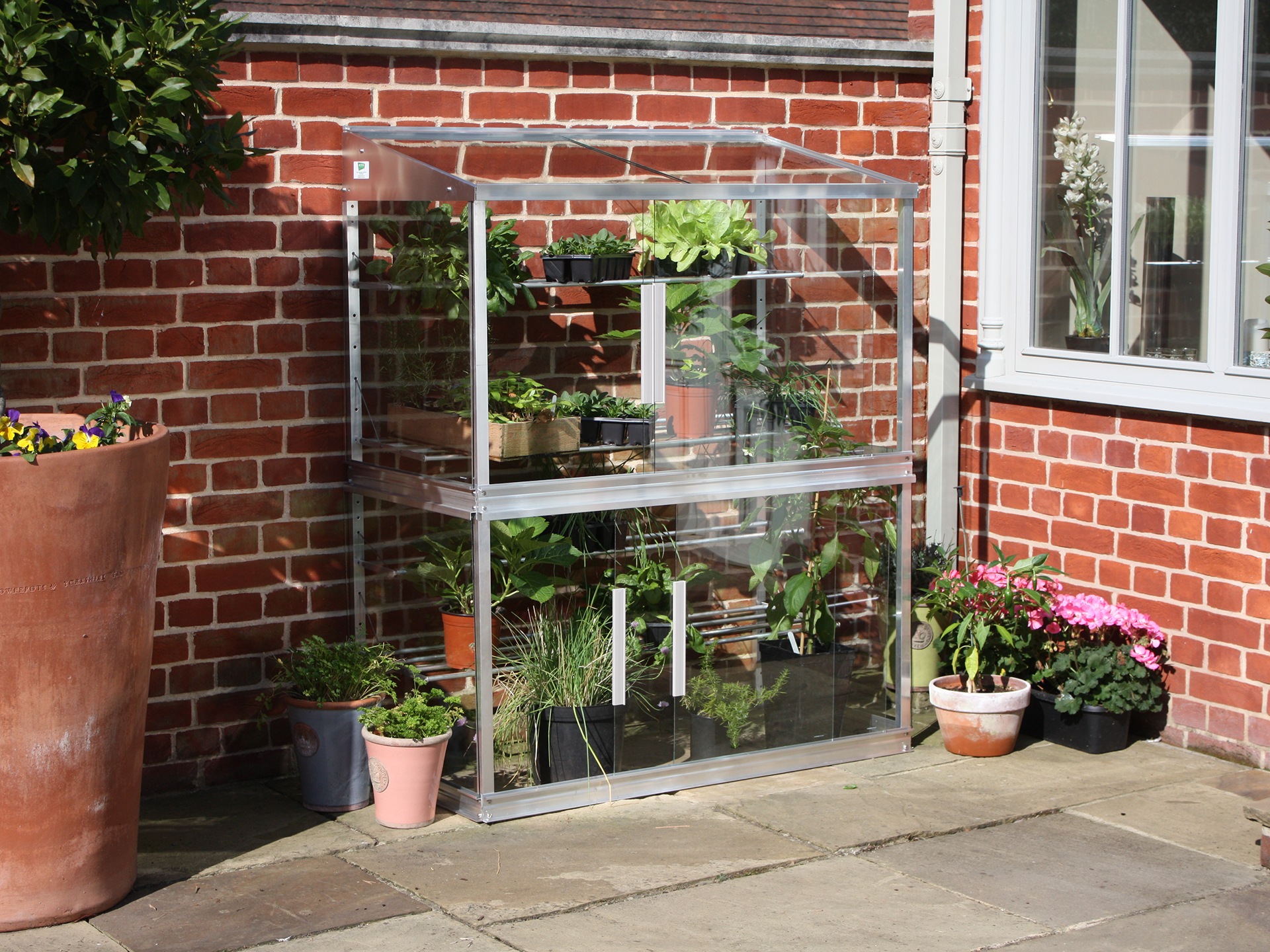
- Image credit Harrod Horticultural
What about ventilation?
It’s important you ventilate your greenhouse well. That means you need plenty of vents on the roof. Louvred sections are fine, but they can be hard to insulate effectively in the winter.
The Harrod Horticultural team’s advice is, “Temperature in greenhouses can fluctuate dramatically all year round, so ventilation is essential. Remember to open the door on warm days to allow air to circulate, taking care to close it again quickly when the temperature drops. Even better if you have auto-vents installed.”
These are ventilation panels that open automatically when the temperature gets above a certain level. But they can be slow to activate. That’s why it’s important you get out there yourself and open doors and windows on hot days.
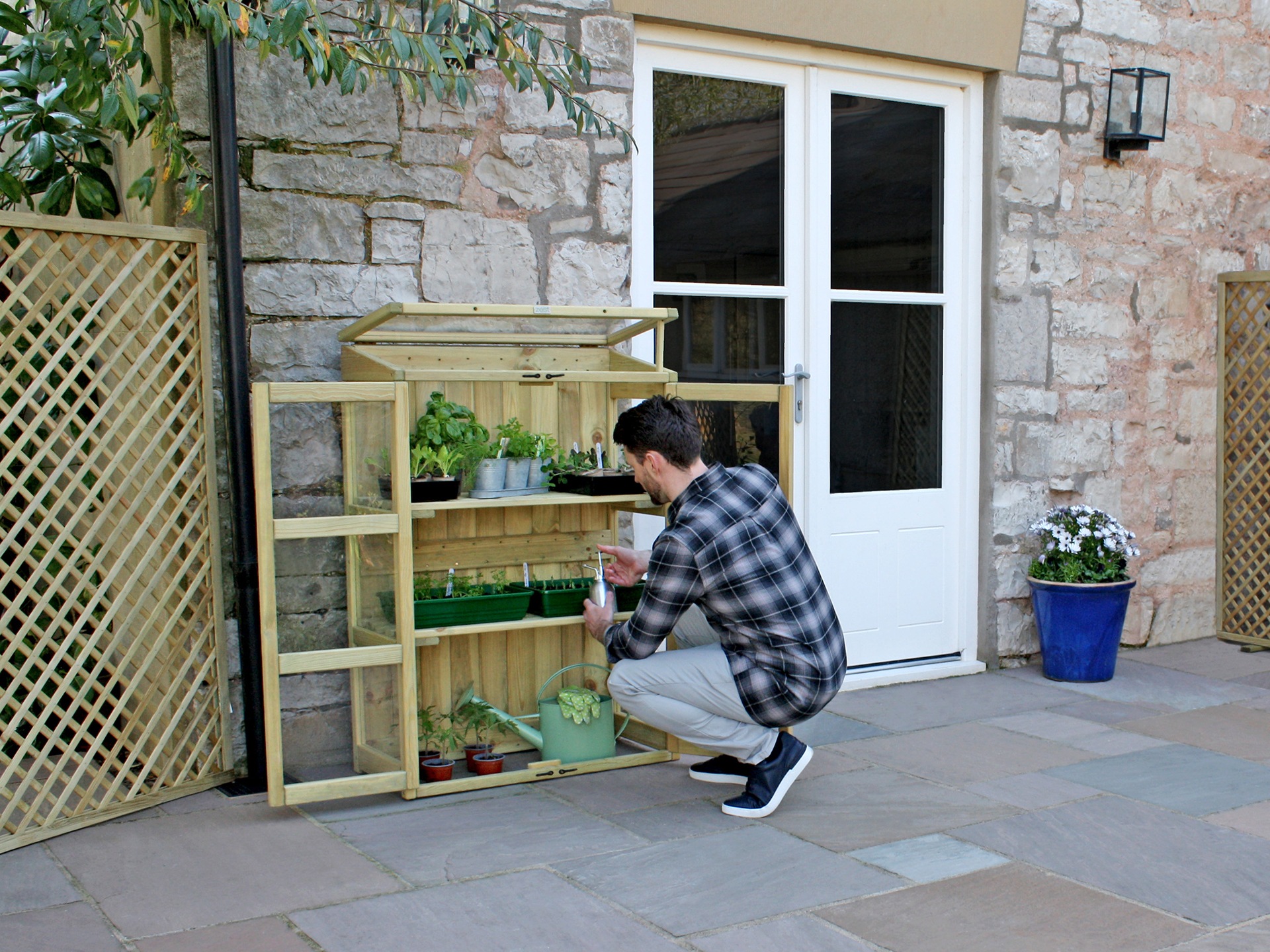
- Image credit: Zest Outdoor Living
Mini greenhouses
The Harrod Horticultural folks say, “It may be that you don’t have the space for a standalone greenhouse, but fear not. Mini greenhouses are a much cheaper, lighter, easier-to-install alternative that still offers an environment for your plants to thrive.”
Mini greenhouses are great if you don’t have much space – particularly good for things like raising seedlings and growing tomatoes.
But you need to keep a careful eye on the temperature inside.
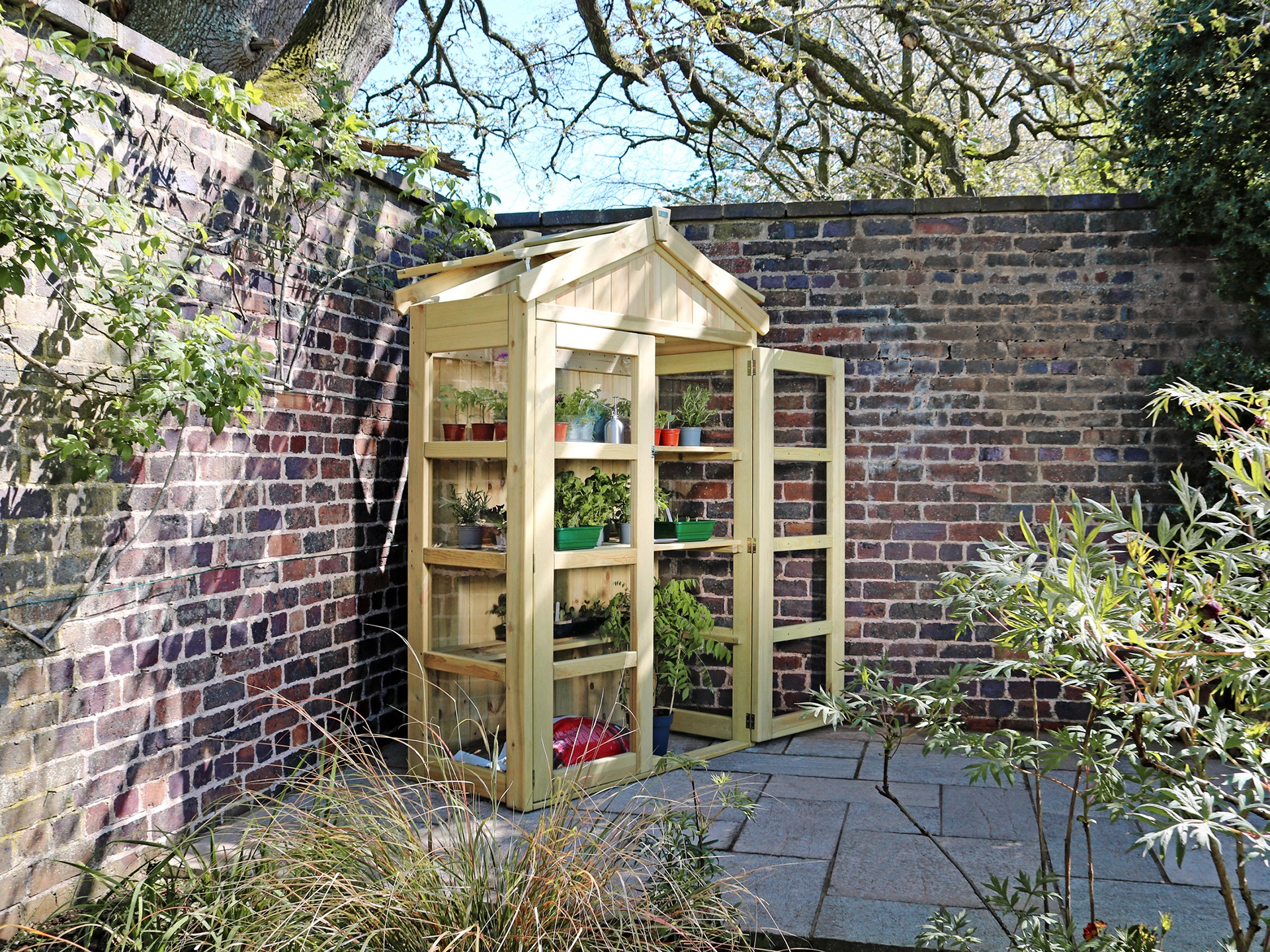
- Image credit: Zest Outdoor Living
What about cold frames?
A cold frame is a shallow glazed ‘box’ usually with brick sides and a glass top. As the name suggests, cold frames are normally not heated. But they can offer tender plants a degree of protection from frost and are useful for hardening off young plants.
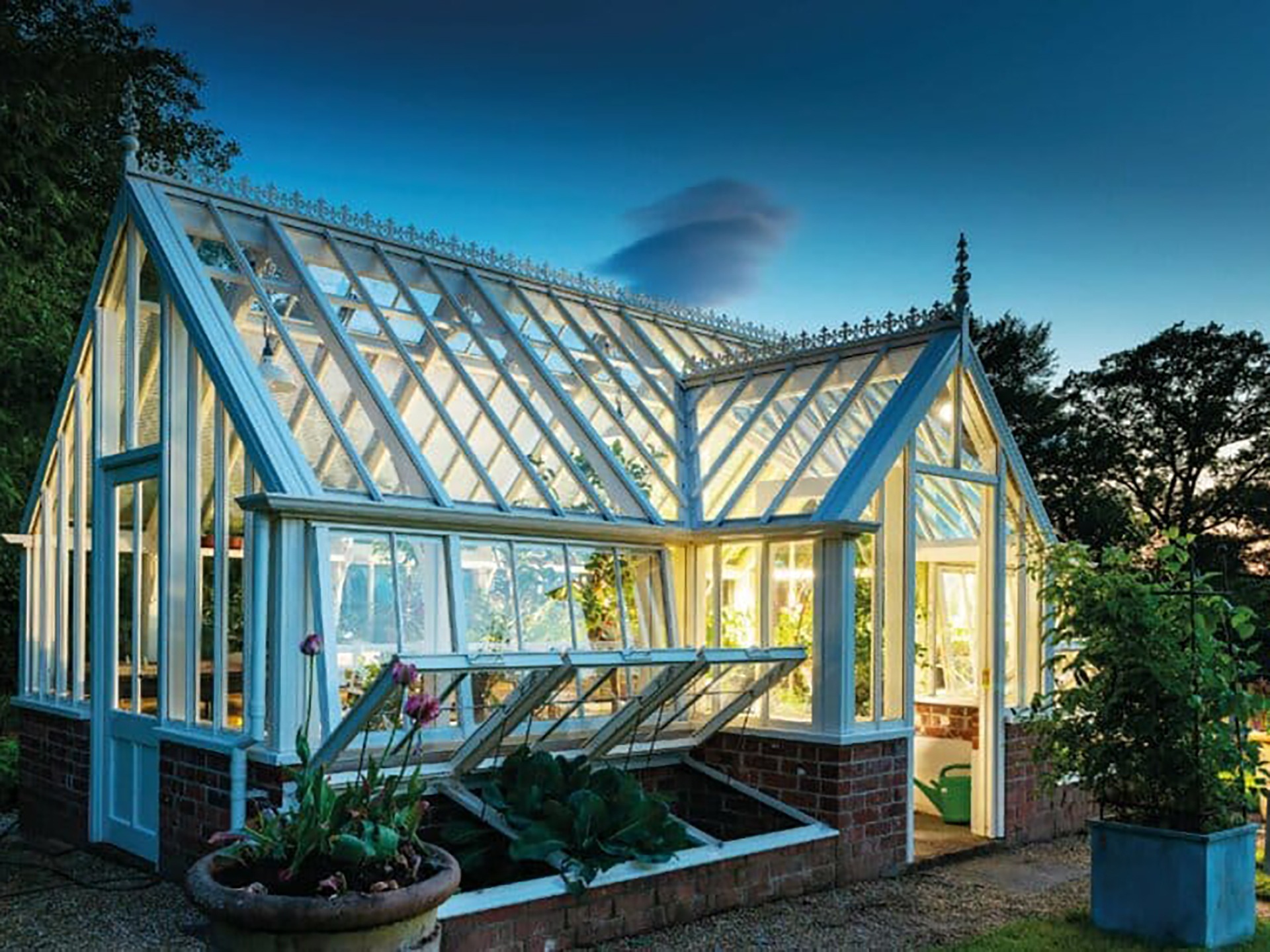
- Image credit: Alitex
Using your greenhouse
The experts from Harrod Horticultural say, “In summer, remember the three essentials: ventilation, shading, and watering. These will help prevent overheating in scorching sunshine.
“Capillary matting can be a cost-effective and easy way to keep your crops happy in the summer months as it waters plants economically.
“Once the cooler autumn and winter temperatures arrive, insulating your greenhouse in winter can save you pounds on heating costs, keep your tender plants warm and frost-free, and extend the growing season by up to six weeks.
Bubblewrap insulation is a cost-effective option.” You can also protect tender plants with fleece during the frost season.
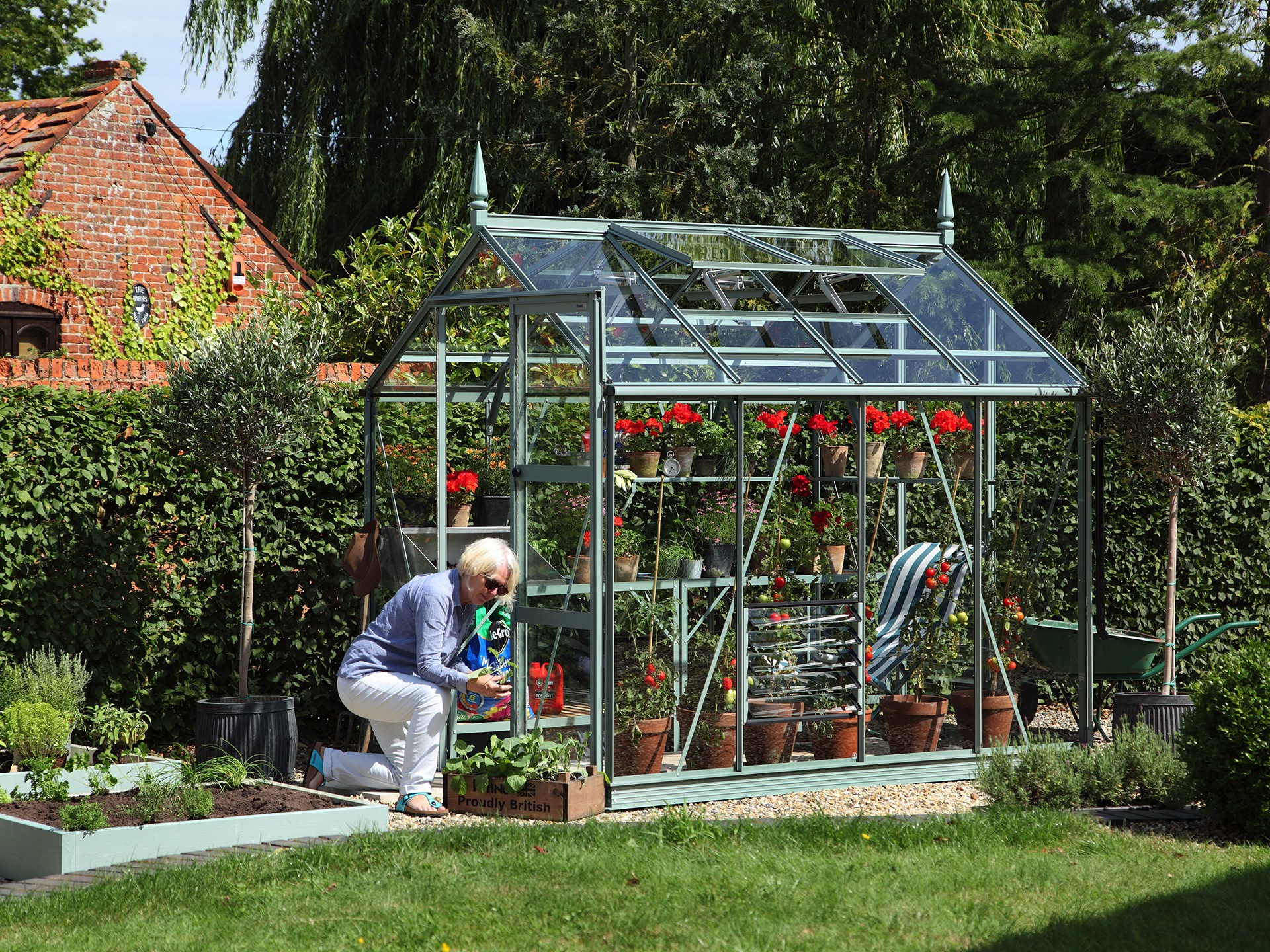
- Image credit: Rhino Greenhouses Direct
What about heaters?
If you want to get the most out of your greenhouse, you’ll probably want to consider getting a heater. Greenhouse heaters are generally cylindrical electrical fan heaters that can be placed on the floor or hung from the room of the greenhouse.
Others feature infrared heaters. In winter they will help you keep the temperature in your greenhouse up to a level that will protect plants from frost. Many models can be used as fans without heat in summer. They are rated according to the size of the greenhouse they will heat.
Other accessories
There are all kinds of other accessories that will help you get the best out of a greenhouse, from shelves to shades. Nelly Hall says, “To maximise your space, specialist benching is a must-have. It provides plenty of storage for pots, seeds, and tools while keeping your workspace tidy.
Plus with strategically placed shelves, you can grow a variety of plants at different heights – basil and succulents up top, and shade-lovers like coriander and ferns below.
You can further enhance your set-up with strawberry boards for the juiciest berries, or bespoke plant supports and vine wires to help your melons and cucumbers grow tall.”
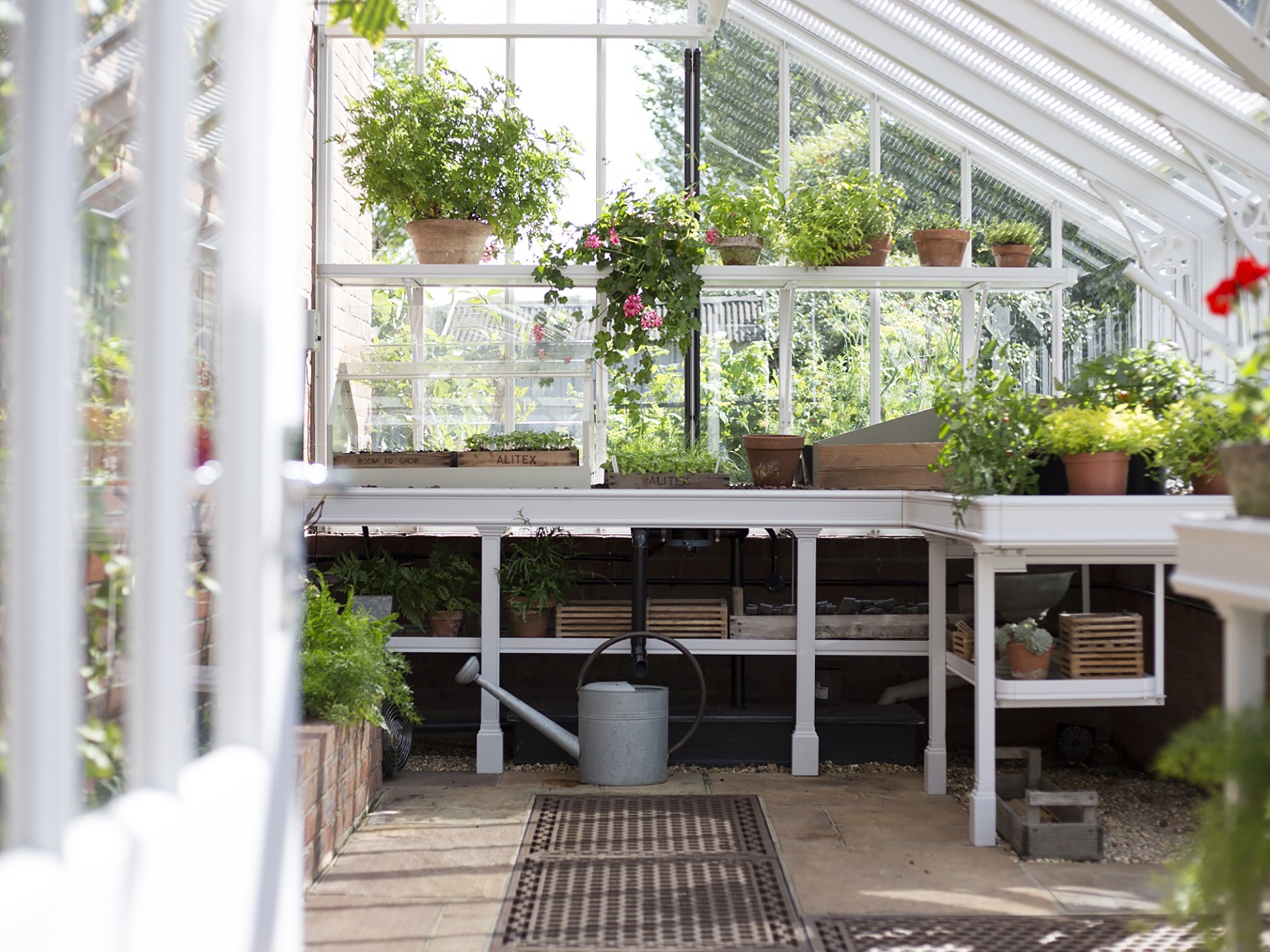
- Image credit: Alitex
How much does a greenhouse cost?
There are greenhouses for all budgets. Mini greenhouses are available for as little as £20, with more substantial models from about £100. A modest 6ft x 6ft greenhouse will cost from £500 to £2,000.
A 12ft x 20ft in the region of £2,000 to £6,000 depending on materials. Plus you might need to pay to get a base built too. Expect to pay from £18,000 upwards for an up-market, bespoke Victorian-style glasshouse.
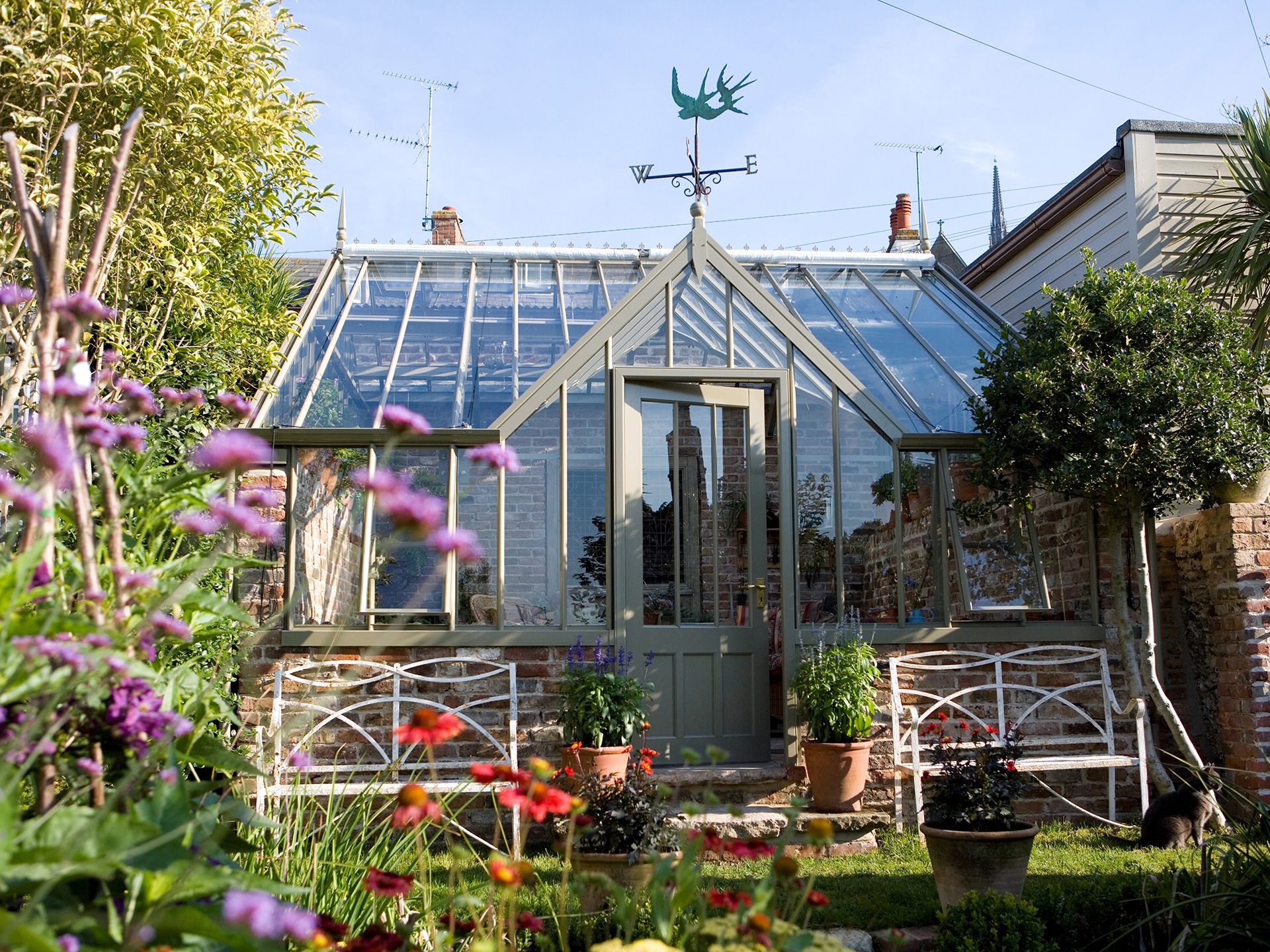
- Image credit: Alitex

